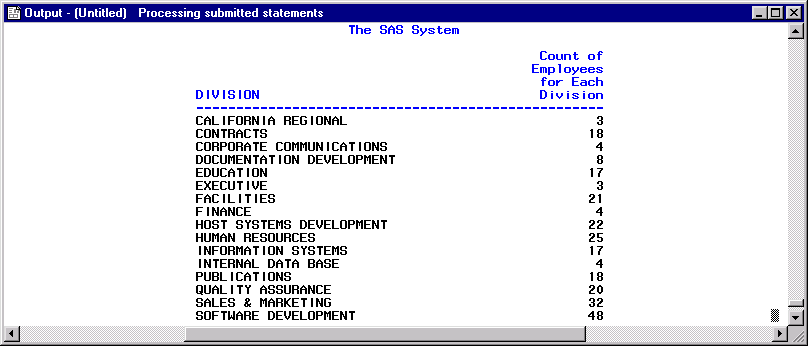

The Field Statistics function generates the ‘Minimum’, ‘Maximum’ and ‘Average’ statistics for numerical fields in any active database. These two features work together to study distribution of values and outliers for numerical data sets in any active database. The same logic is applicable to any form of trend analysis, including expenses and sales price trends. The output result will reveal a trend analysis of average monthly ‘Net Price’ of material across months. Drag and drop the ‘Material Code’ in the pivot row, the ‘Month’ in the pivot column and the ‘Average Net Price’ in the pivot data. Choose statistics to display as ‘Average’.īased on the summarization database, apply a pivot table. The numeric fields to total will be ‘Net Price’.

Here the fields to summarize will be ‘Material Code’ and then ‘Month’.

Summarization is first applied at the average net price of items procured in a given month. In this case, we will use these to analyze procurement price trends across material codes. This pair of functions can be used to analyze trends. The same logic can be applied to ‘Procurement’ data to study purchase rate variations and ‘Sales’ to monitor selling price variations. To glean the maximum and minimum variations, Summarization can be applied on the Duplicate Key Exclusion database to present the top and bottom ‘City Conveyance Allowance’ payments per ‘Unit’, ‘Department’, ‘Grade’, ‘Designation’ and ‘Location’. The Duplicate Key Exclusion will reveal a list of variations for ‘City Conveyance Allowance’ payments. Fields that must be different will be ‘City Conveyance Allowance’. Here fields to match will be ‘Unit’, ‘Department’, ‘Grade’, ‘Designation’ and ‘Location’. It is the “180 days and more” category that would be flagged for further investigation or placed in a specific borrower classification.ĭuplicate Key Exclusion and SummarizationĬonsider payroll as an example: Duplicate Key Exclusion can check whether different ‘City Conveyance Allowance’ amounts are being applied in payroll payments to the same business unit, department, employee grade, designation and location. Aging, when applied to the Top Records Extraction child file, allows the user to bucket the records based on age, like “0–30 days”, “31–60 days” and “180 days and more”. Top Records Extraction allows an IDEA user to extract the last-known incident of an event from a group of records (e.g., the last instalment credit date on a credit facility).


 0 kommentar(er)
0 kommentar(er)
